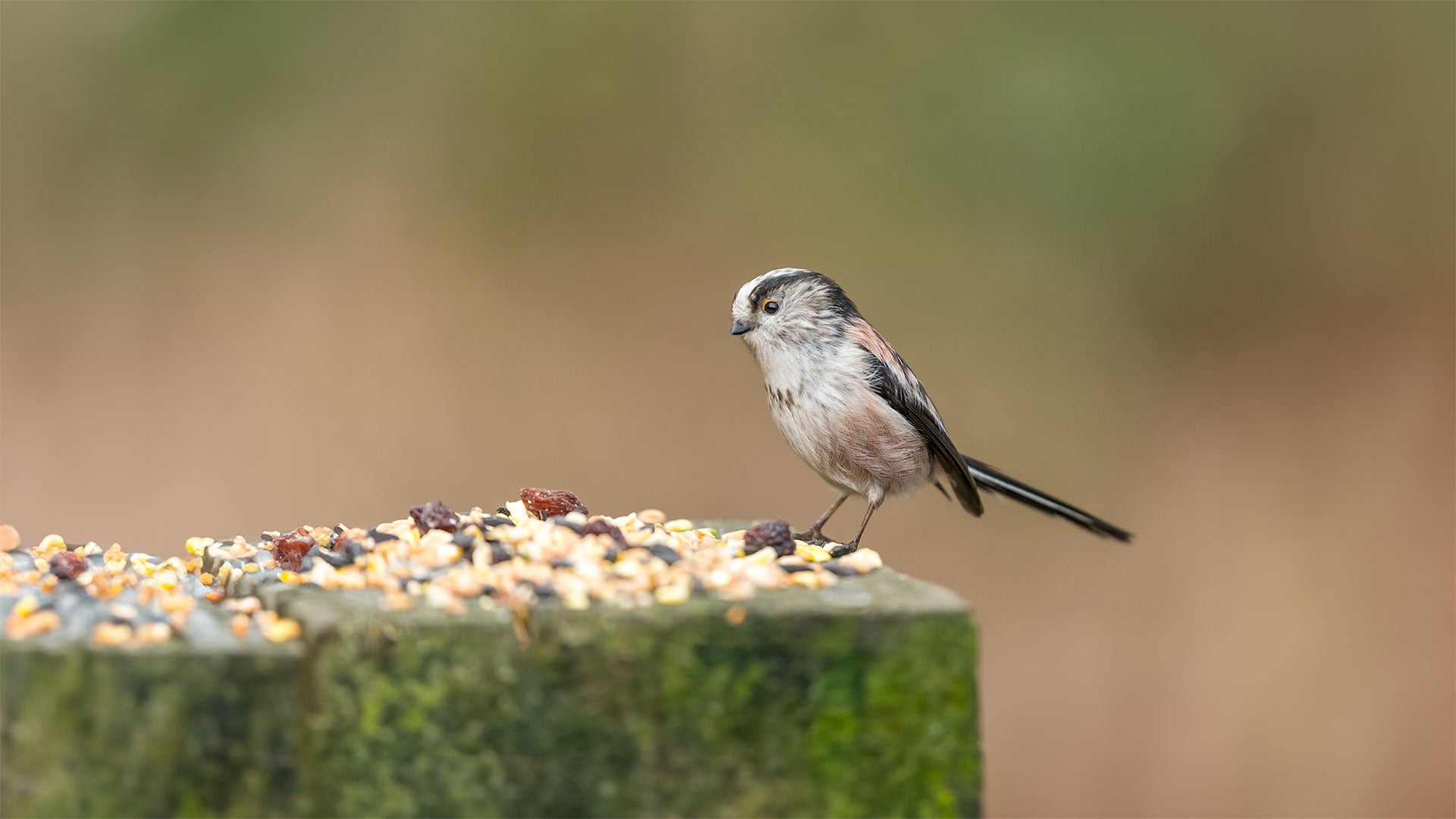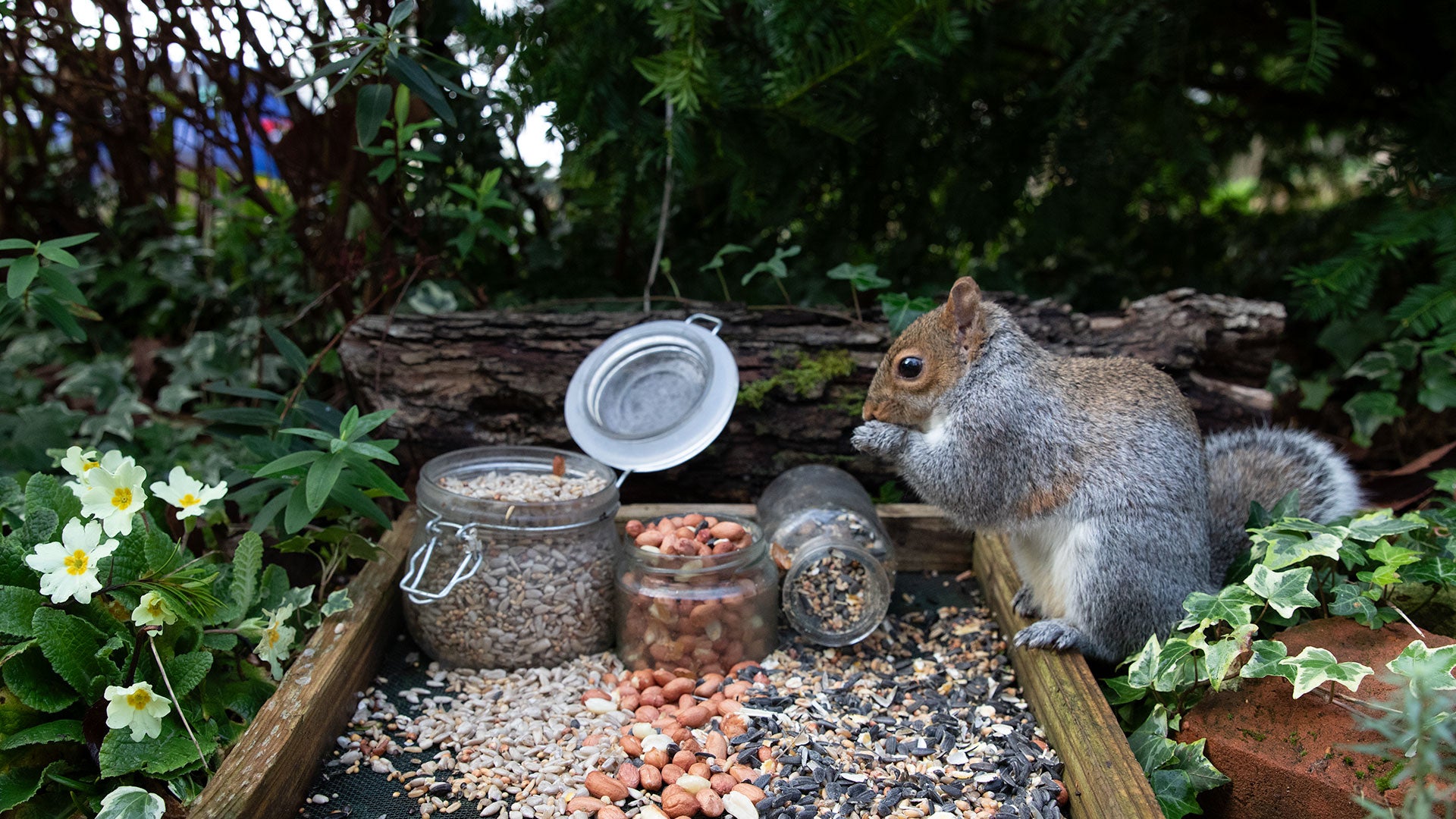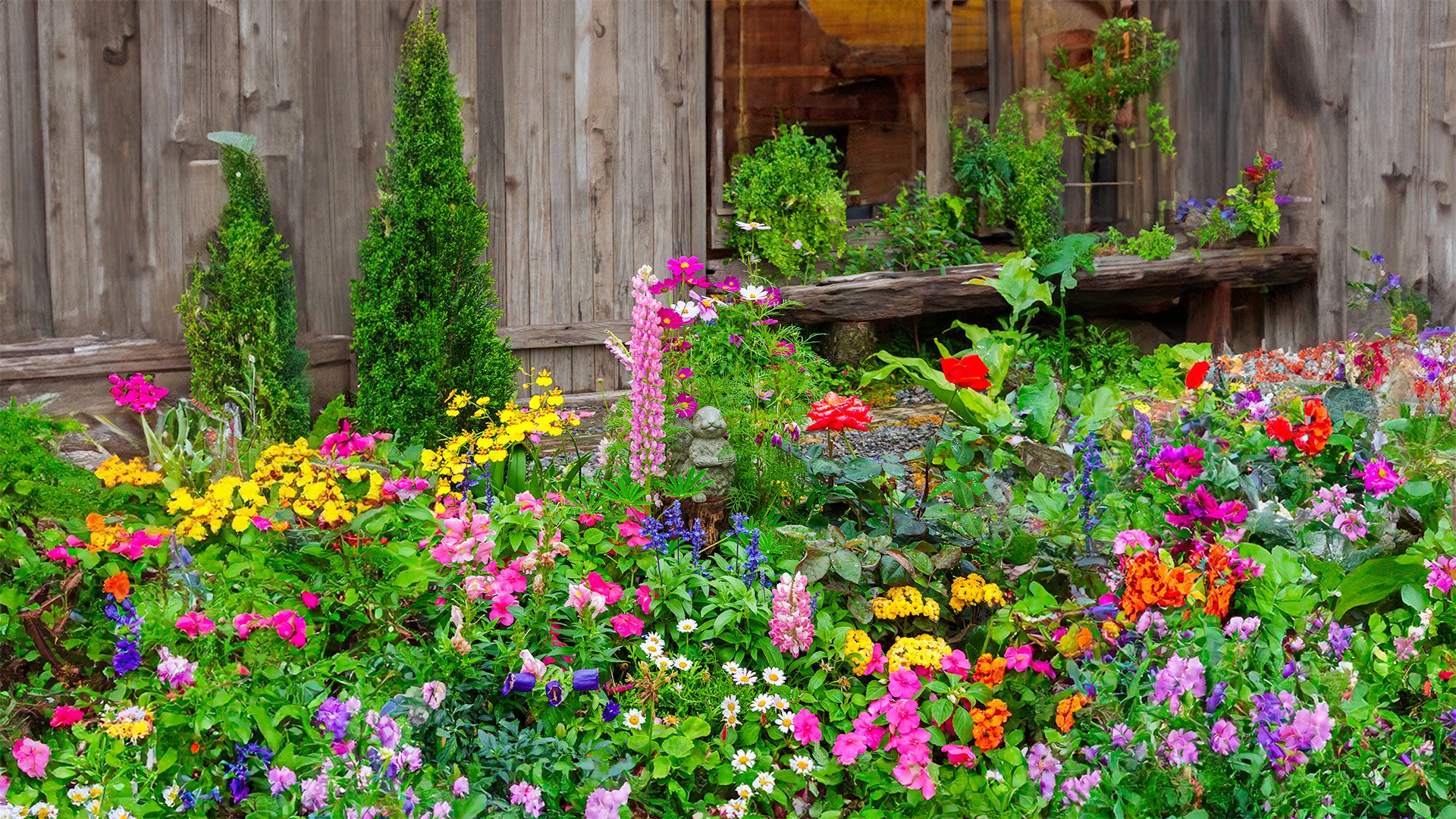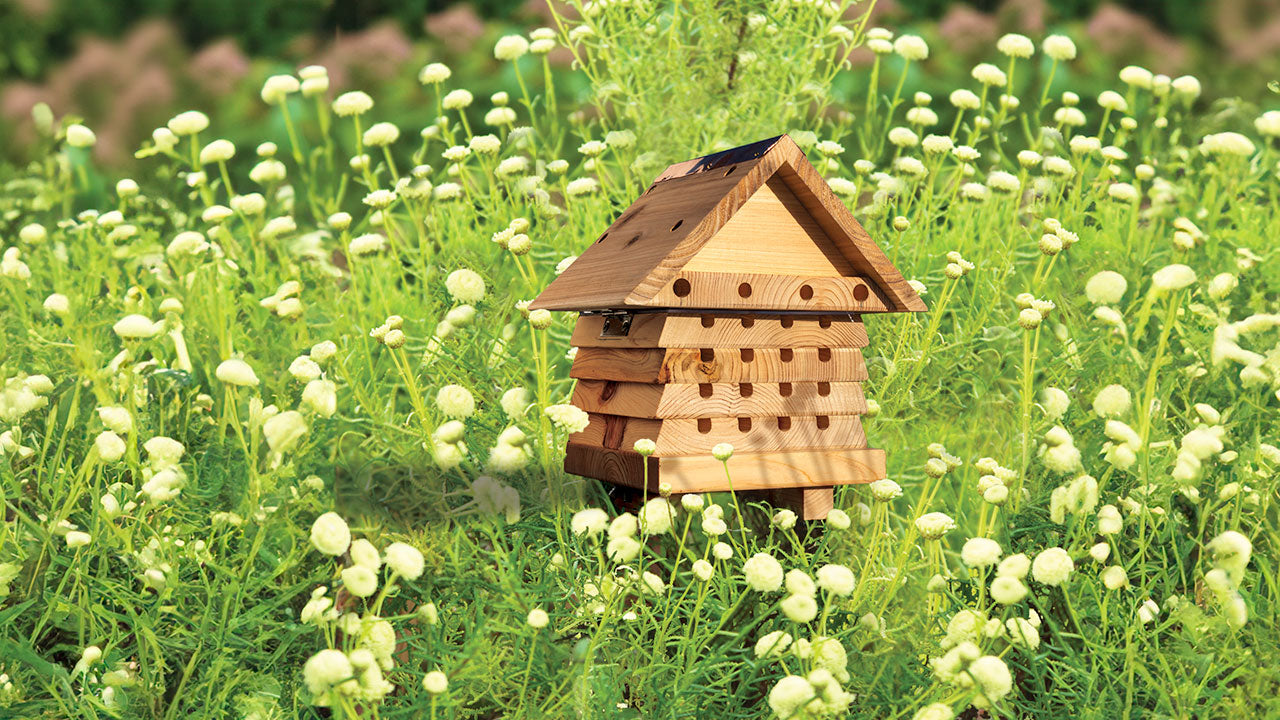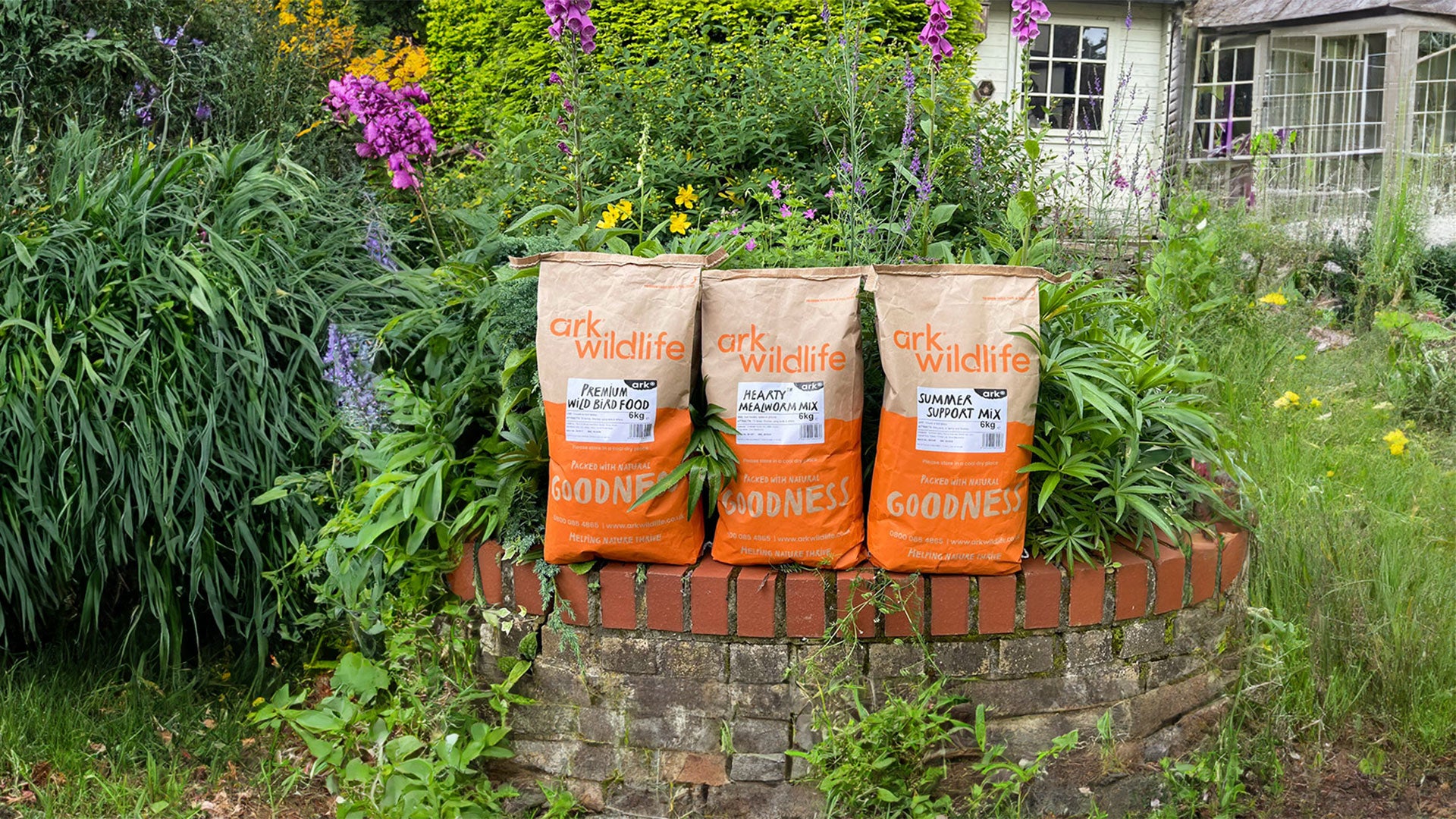Discover what a red squirrel's diet is, the types of foods that are safe to feed them and what they enjoy eating in the wild.
The red squirrel is native to Britain but is now only found in limited areas of the UK. The population has been in a steep decline since the introduction of the North American grey squirrel. It is estimated that there are 20 grey squirrels for every red squirrel, and this gap is sadly widening. Not many of us will be lucky enough to have red squirrels in our local area, let alone visit our gardens, but if you are one of the lucky ones, here are a few tips on helping them.
In this guide, we discuss what red squirrels eat and what to feed them. We go over what their favourite snacks are and answer common questions about foods they should and shouldn’t be fed.
What is a red squirrel’s diet in the wild?
Red squirrels are shy animals with specialised diets preferring to remain in the trees, especially coniferous woodland. Pine nuts make up a large part of red squirrels’ wild diet, but they also eat many seeds and other nuts, depending on availability. Their diet also includes fungi, green shoots, dried fruits and berries. They may also chew on bones and deer antlers as a good source of calcium. They can struggle to find food during the summer when nuts, fruits and seeds aren’t ripe.
Red squirrels, unlike other small mammals, do not hibernate and need to store enough food by ‘caching’, burying it underground and stashing it in tree crevices (sometimes referred to as a larder) in autumn to see them through the winter months. They will also eat copious amounts in the autumn while food is plentiful to put on weight before the onset of winter. This is important for breeding females to maintain good conditions for producing young in the spring.
Why should we feed red squirrels?
Pressures on the UK’s red squirrel population include loss of habitat (red squirrels are woodland dwellers), competition and disease (squirrel poxvirus) carried by the introduced grey squirrel. Facing this variety of threats and suffering from rapidly declining numbers, they will gladly take any food you can spare for them.
Supplementary feeding of red squirrels has been shown to be beneficial, especially in times of shortages, and research also indicates they do not become dependent on hand-outs, which is important in case supplementary feeding stops. Before starting a routine of feeding, there are a few steps to follow to ensure best practice, always remembering to keep the health of the squirrels as your number one priority.
What to feed red squirrels?
These rare red creatures enjoy a wide variety of foods. If you’re lucky enough to have a red squirrel in your garden, you can leave them some of their favourite nibbles and joy in watching them feast on the tasty snacks.
Red squirrel’s favourite foods include:
- Whole Hazelnuts in Shells
- Pine Nuts
- Walnut Kernels
- Walnut in Shells
- Ark Red Squirrel Food
- Striped Sunflower Seeds and Peanuts (These are low in calcium and excess feeding can result in calcium deficiency)
Our delicious Red Squirrel Food is an excellent option because it has been developed specifically for the red squirrel's dietary requirements and contains added soluble calcium to maintain health, especially for pregnant females.
Other foods that can be provided in smaller quantities include:
- Banana chips
- Carrots
- Apples
- Dried fruit
- Other native fruit, vegetables and nuts (only ever use raw, unsalted food)
How to feed red squirrels
It is best to offer squirrel food on a little and often basis to ensure the squirrels continue to forage naturally, and you can increase generosity in the autumn to help them gain weight in time for winter and build a cache.
The easiest way to feed red squirrels is with ready-made, nutritious squirrel food (coated in calcium). Red squirrel feeders can be used for this. Place the feeder high up in a tree to keep squirrels protected from predators like cats. And be careful not to feed them if grey squirrels are around to keep the two species separated.
If they come into contact with each other, greys can pass squirrel pox onto red squirrels. While this disease doesn’t usually kill grey squirrels, it normally proves fatal in their red cousins.
Red squirrel food FAQs
Do red squirrels eat apples?
Yes, red squirrels will eat fruit such as apples, and giving squirrels apple slices can be a tasty offering for them. Red squirrels may even steal the apples from your apple tree. Apples do provide a source of calcium but should be given in small quantities. The apple core and seeds are the only toxic part of the apple so avoid giving to these charming creatures as they can be fatal. It is also worth noting that apples are high in sugars and starches, so only give in moderation - 2-3 slices a day is plenty.
Do red squirrels eat meat?
As red squirrels are omnivores, it’s not uncommon for them to occasionally eat meat. Red squirrels will eat meat such as dead baby birds, mice or small snakes, usually only if they can’t find their usual favourites such as seeds, nuts or plants.
Can red squirrels eat peanut butter?
Red squirrels can eat peanut butter as a treat (they love it!) It’s just not good for them on a regular basis. As with peanuts, it’s fine in small quantities, so just be cautious to limit their intake, as too much could lead to MBD. Squirrels love the taste of peanut butter, which is packed with protein and healthy fats. Opt for a salt-free option with no added sugars or hydrogenated oils.
What nuts do red squirrels eat?
We all know squirrels delight in nibbling on a nut. They use their strong teeth to break through the shells of nuts and are so clever they can tell just by holding a nut if it’s a good one or not! They judge the weight of the nut, and if they feel an insect is eating it from the inside, they’ll just chomp on it there and then rather than take it away to store it.
Never feed red squirrels brazil nuts or any nuts high in salt. Aside from peanuts, red squirrels will enjoy a whole host of nuts including:
- Pine nuts (these make up a large part of their wild diet)
- Hazelnuts
- Cob nuts
- Sweet chestnuts
- Walnuts
- Pine nuts
- Acorns
- Beech nuts
Above all enjoy your red squirrels; you’re one of the lucky few. Get in contact with your local Wildlife Trust or Red Squirrel Conservation Group and support them by donating financially or with your time and learn all you can about this struggling species.



